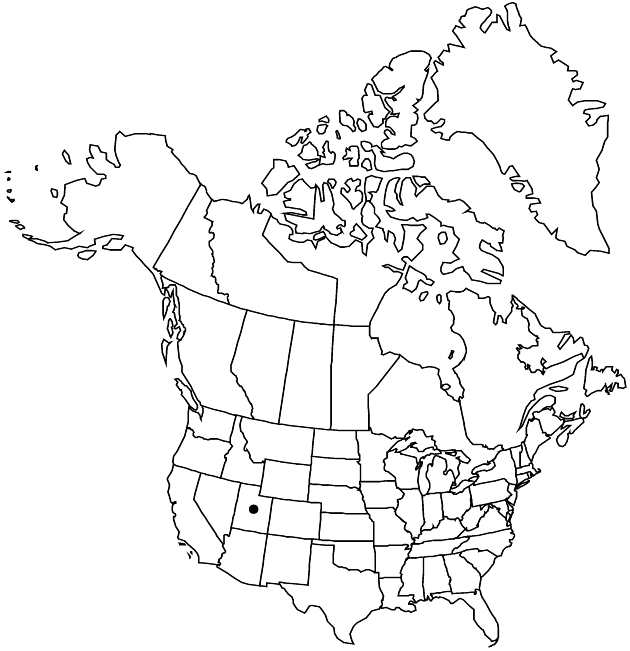Difference between revisions of "Dieteria bigelovii var. commixta"
Sida 20: 1394. 2003.
Endemic
Basionym: Machaeranthera commixta Greene Pittonia 4: 71. 1899
Synonyms: Machaeranthera bigelovii var. commixta (Greene) B. L. Turner Machaeranthera canescens var. commixta (Greene) S. L. Welsh
imported>Volume Importer |
imported>Volume Importer |
||
| Line 64: | Line 64: | ||
|publication year=2003 | |publication year=2003 | ||
|special status=Endemic | |special status=Endemic | ||
| − | |source xml=https:// | + | |source xml=https://bitbucket.org/aafc-mbb/fna-data-curation/src/2e0870ddd59836b60bcf96646a41e87ea5a5943a/coarse_grained_fna_xml/V19-20-21/V20_907.xml |
|tribe=Asteraceae tribe Astereae | |tribe=Asteraceae tribe Astereae | ||
|genus=Dieteria | |genus=Dieteria | ||
Latest revision as of 20:06, 5 November 2020
Leaf blades lanceolate to oblanceolate, mid 20–60 × 5–12 mm, margins usually entire, sometimes dentate or serrate, faces glabrous or sparsely puberulent, often sparsely stipitate-glandular. Involucres broadly turbinate, 7–13 mm, widths 1–1.5 times heights. Phyllaries 25–50, 1–2 mm wide (at midpoint), apices acute to acuminate, 2–4 mm. Ray florets 12–30. 2n = 8.
Phenology: Flowering Jun–Sep.
Habitat: Grasslands, meadows, in subalpine coniferous forests
Elevation: 2400–3400 m
Discussion
Variety commixta is found in and near the southern Wasatch Mountains.
Selected References
None.
Lower Taxa
None.
